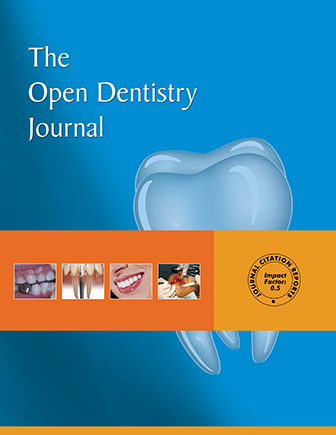In Vitro Osteogenic Induction Of Human Gingival Fibroblasts For Bone Regeneration
Abstract
Background And Objective:
Periodontitis is an inflammatory disease causing bone loss, and is a primary cause of tooth loss. Gingival fibroblasts are readily available with minimal donor site morbidity and may be ideal for tissue engineering efforts in regenerating lost alveolar bone. Dexamethasone (Dex) is commonly employed for in vitro osteogenic induction of a variety of cells, but its effect on human gingival fibroblasts (HGF) is still controversial. Therefore, the aim of our study was to investigate the osteogenic differentiation of HGF following Dex treatment.
Methods:
Cultured HGFs were exposed to osteogenic medium containing a wide range of Dex concentrations (0.01-10 µM). The osteogenic phenotype was assessed based on changes in alkaline phosphatase (ALP) activity, the mRNA expression of selected extracellular matrix proteins critical for mineralization and the extent of extracellular mineralization (Von Kossa staining and Ca-content).
Results:
All assays showed a consistent and maximal osteogenic effect of Dex on HGF at 0.1 and 0.5 µM (weeks 3 and 4), as evidenced by significant osteopontin and osteocalcin expression and mineralization. Longer cultures (week 4) also yielded positive osteogenic effect of Dex at 0.01 µM. Moreover, ALP activity was significantly stimulated at 0.1 and 0.5 µM Dex initially after one week, but ALP was subsequently reduced under Dex. Higher Dex concentrations caused down regulation of osteogenic effects observed at the optimal (0.1-0.5 µM) concentrations.
Conclusion:
Under appropriate osteogenic conditioning, Dex treated HGFs could be a potential source of cells for cell-based therapy for periodontal bone regeneration.


